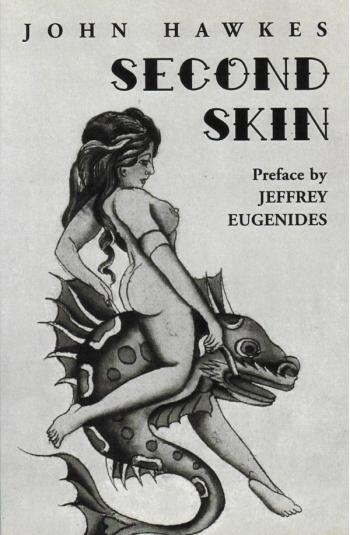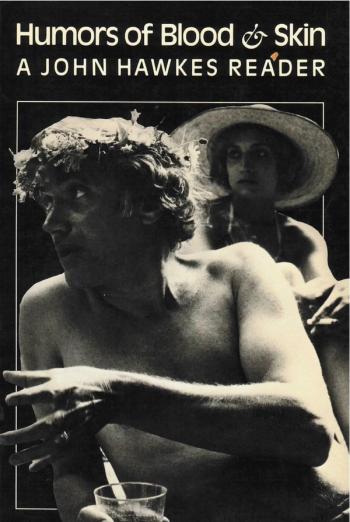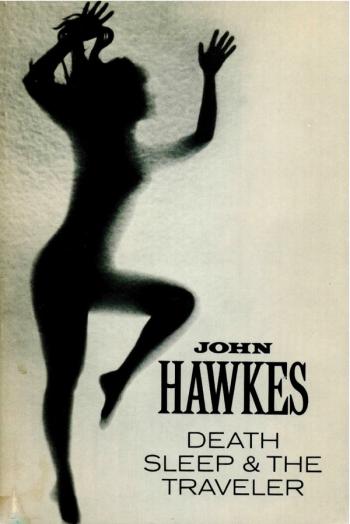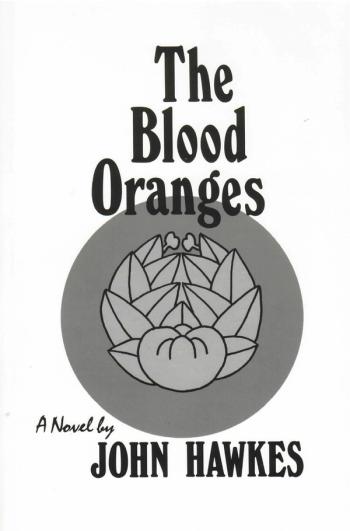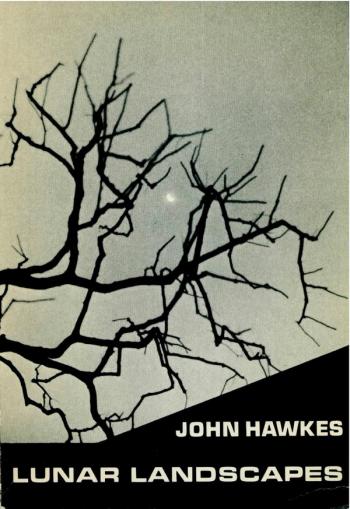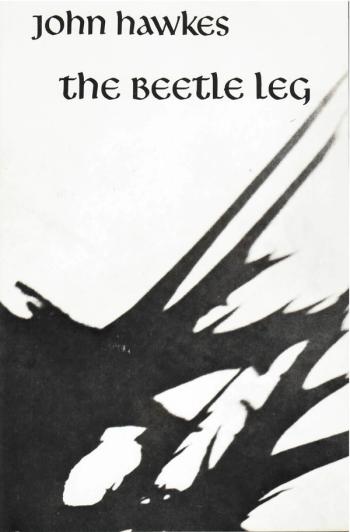For more than three decades, John Hawkes’s voice has been among the most original in American fiction. His work, including nine novels, such as The Cannibal, The Lime Twig, Second Skin, The Blood Oranges, and Virginie: Her Two Lives, has consistently demonstrated that he is a major prose stylist and a master of comedy and the unexpected. Humors of Blood and Skin: A John Hawkes Reader presents Hawke’s own selection from his novels, stories, and his current novel-in-progress, Adventures in the Alaskan Skin Trade. In autobiographical commentaries, Hawkes provides a context for each of the selections and discusses the genesis and the writing of his work. As a novelist whose creative life has depended largely on travel, he evokes the actual places that have inspired his imaginary worlds: the Alaska of his boyhood; the Caribbean island where he wrote Second Skin; the Germany he knew as an ambulance driver in World War II; the South of France where he searched for images of Picasso and the Marquis de Sade. This Reader is both an introduction to Hawkes’s fiction and a singular literary montage, focused on comedy, eroticism, and the imagination. It is, as William H. Gass says in his introduction, “the joyful showing forth and celebration of Hawkes’s healing art.”

